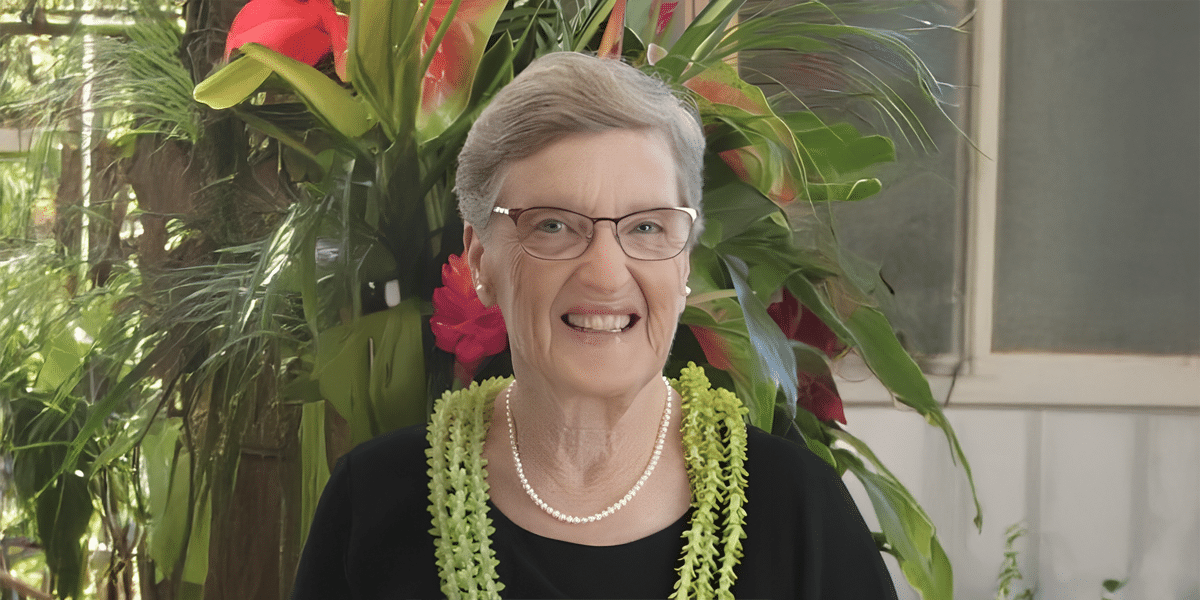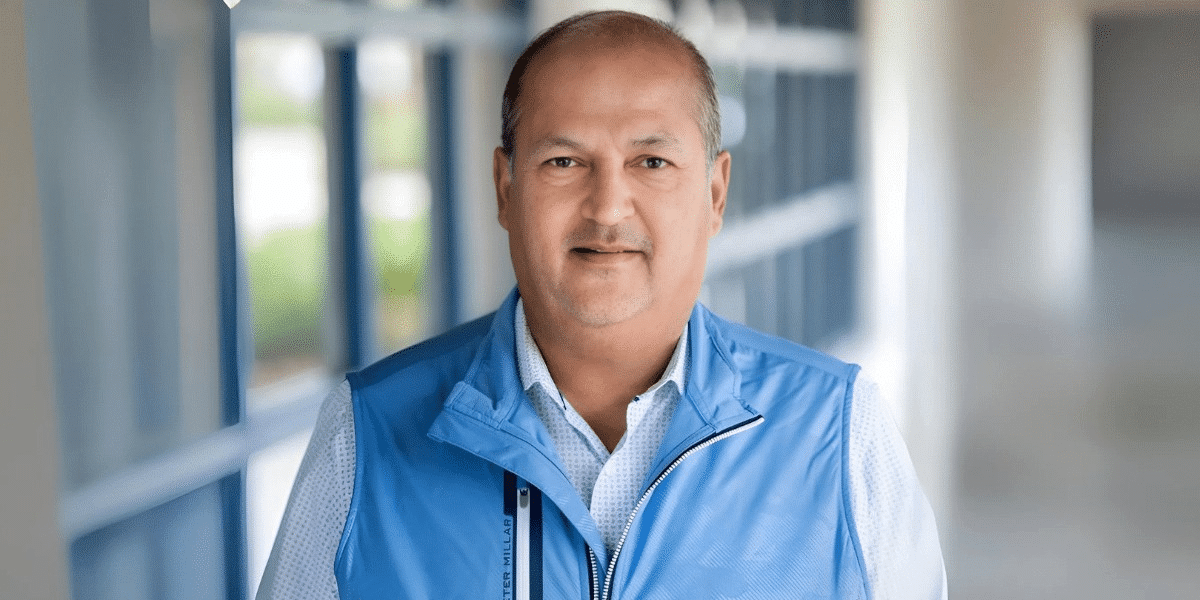By: Maria Williams
In a world beset by the crisis of burnout and disconnection, Lindsay Briner emerges as a beacon of hope, offering an innovative solution through her concept of Stabilized Flow. This neuro-psychologist has developed a brain retraining program that aims to target the stress response in high performers, delivering transformative results through executive coaching and leadership development training.
Lindsay’s journey toward Stabilized Flow began with a deep fascination for the neuroscience and psychology of optimal performance. Drawing from her background in transpersonal psychology and the neuroscience of motivation, she delved into the concept of “flow state,” recognizing its limitations as a temporary experience. Driven by a desire to uncover a more sustainable solution, Lindsay bridged her research findings with contemplative wisdom traditions and developmental psychology, revealing the concept of a “flow trait”—an enduring state of optimal performance.
At the core of Lindsay’s work is a comprehensive research-based approach that rewires the limbic system, resolves limiting beliefs, and unlocks hidden potential. Her method empowers individuals to transcend momentary peaks and achieve a stabilized flow state across all areas of life. This transformative process not only cultivates a flow trait but also facilitates higher stages of adult development, where individuals embody a deep sense of interconnectedness, altruistic motivation, and effortless confidence in their actions.
While emerging from executive coaching, Lindsay believes Stabilized Flow can revolutionize leadership across sectors as we face increasing complexity. “Operating from these higher stages allows decisions from clarity rather than unconscious fear patterns. It gives access to higher cognitive capacities for creative problem-solving for long term strategy,” she explains.
Her approach provides four key insights for leaders:
1. Sharpening High-Risk Decision Making: By recognizing and inquiring into the roots of unconscious stress patterns, leaders can self-regulate their nervous systems for greater clarity and strategic thinking under intense circumstances.
2. Slowing Down to Go Faster: Contrary to the notion of pushing harder, the path to achieving time-sensitive goals requires slowing down through mindfulness practices that remove internal blocks. Specific concentration meditation techniques give direct access to the same brain centers as the flow state.
3. Peace and Performance Compatibility: The method reframes limiting beliefs that peak performance requires harsh self-sacrifice and burnout. Instead, it centralizes intentions around motivation for sustainable high achievement.
4. Unlocking Innovative Insight: By mastering the internal psychology of stabilized flow, leaders can access creative insights and complex problem-solving that may have been previously inaccessible, thus producing more effective results.
Stabilized Flow occurs when a new network of the brain is activated and sustained, down-regulating the stress response and giving rise to modern leadership with effective resilience. Leaders guided by Stabilized Flow operate ahead of systemic changes, discerning the nuances required to make effective decisions in an increasingly complicated world.
Ultimately, Lindsay’s Stabilized Flow method points toward a new phase of human potential—maintaining peak performance while embodying wisdom, compassion, and greater ethics. In a world marked by constant change and complexity, her work offers a roadmap for leaders seeking to navigate the challenges of the modern business landscape while cultivating resilience, well-being, and a profound sense of purpose.
Published by: Martin De Juan












